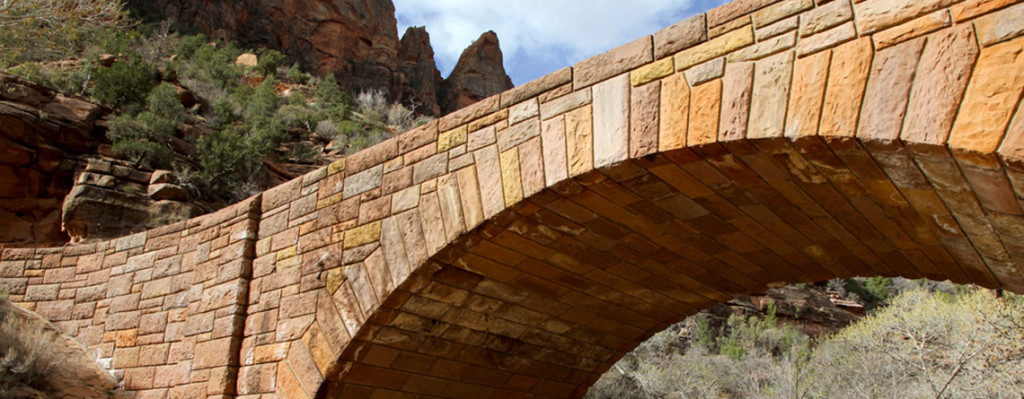We’re starting to see examples of how climate change is impacting our economies, with super storms like Hurricane Sandy disrupting millions of people and causing tens of billions of dollars worth of damage. That’s just the beginning, with water and food shortages, public health and coastal inundation risks set to cause widespread disruption, rising prices and more in the coming decades.
Even now there’s another threat emerging to business as usual, with a global divestment movement urging investors to get their money out of banks and stocks that finance or contribute to fossil fuel emissions.
Enlightened consumers are becoming more discerning in their purchasing, preferring products and services with lower environmental footprints and becoming less susceptible to “greenwash” marketing. Regulation is likely to play catchup over the next 10 years, putting the financial viability of certain industries at risk or outright shutting
Foresighted organisations are thinking hard about the prospects for their products and services, markets, geographies and industries. In some cases they’re realising that business as usual isn’t a medium to long term option and are starting to reinvent their business models to find opportunity in a climate changing and environmentally challenged world.
And it’s not just energy companies. Take coral coast tourism. Australia’s Great Barrier Reef generates over $5 billion per annum in tourism revenues. But the reef is being hit hard by the interrelated quadruple whammy of agricultural runoff creating nutrient rich waters that are attracting destructive pests such as the crown of thorns starfish; rising water temperatures and increased acidification due to increased concentrations of greenhouse gases threatening coral bleaching and loss of biodiversity; increasingly intense storms damaging the reef and coastlines; and, ironically, government endorsed pollution risks in the form of dredging sediments and increased bulk shipping as coal terminals are expanded along the coast. Indeed, UNESCO recently reviewed the status of the World Heritage listed area and criticised Australia’s stewardship of the reef.
Any owner of tourism infrastructure assets along the coral coast should be extremely nervous about the value of their investments. Operators may be able to take advantage of “last glimpse” tourism before the reef is degraded to the point that it ceases to be a viable attraction. Exposed organisations should be starting to plan for the reinvention of their business models.
Talk to Adaptive Capability today about safeguarding your business’ future.
David.McEwen@AdaptCap.com





